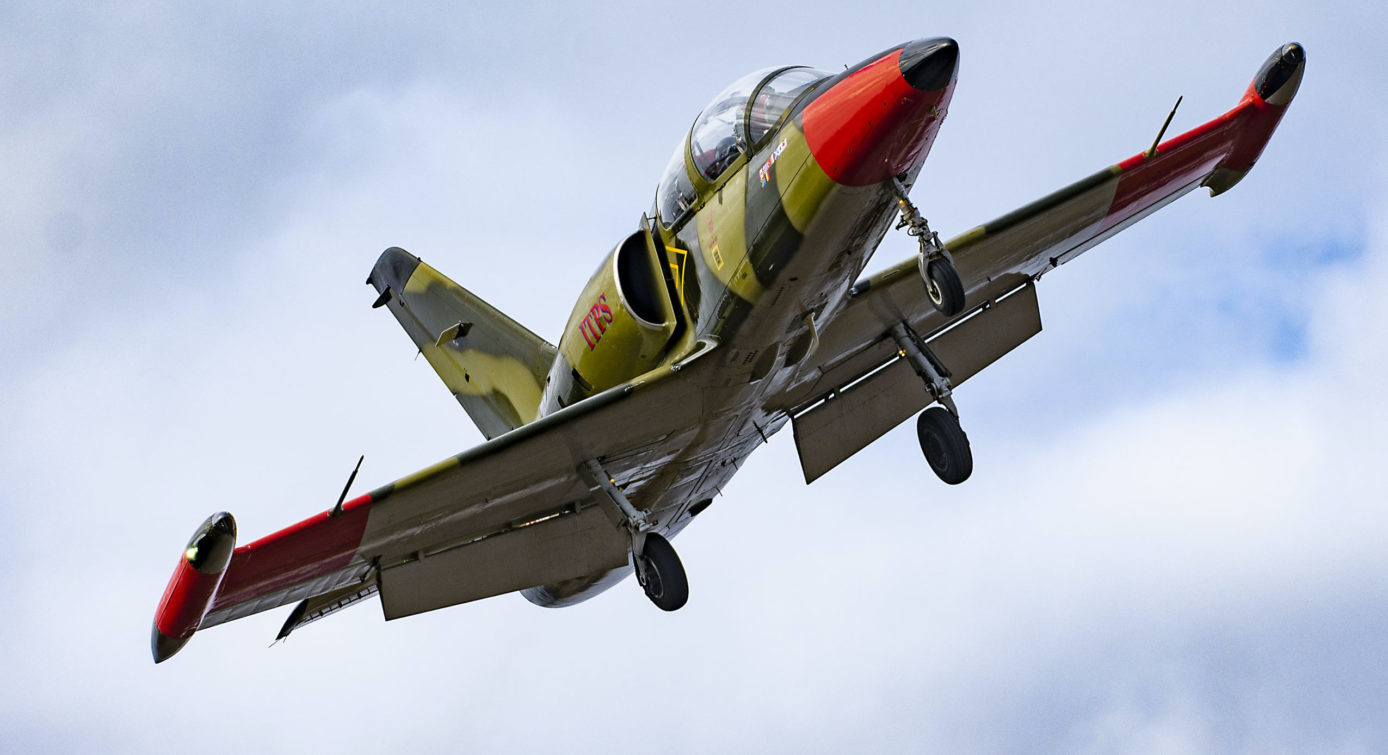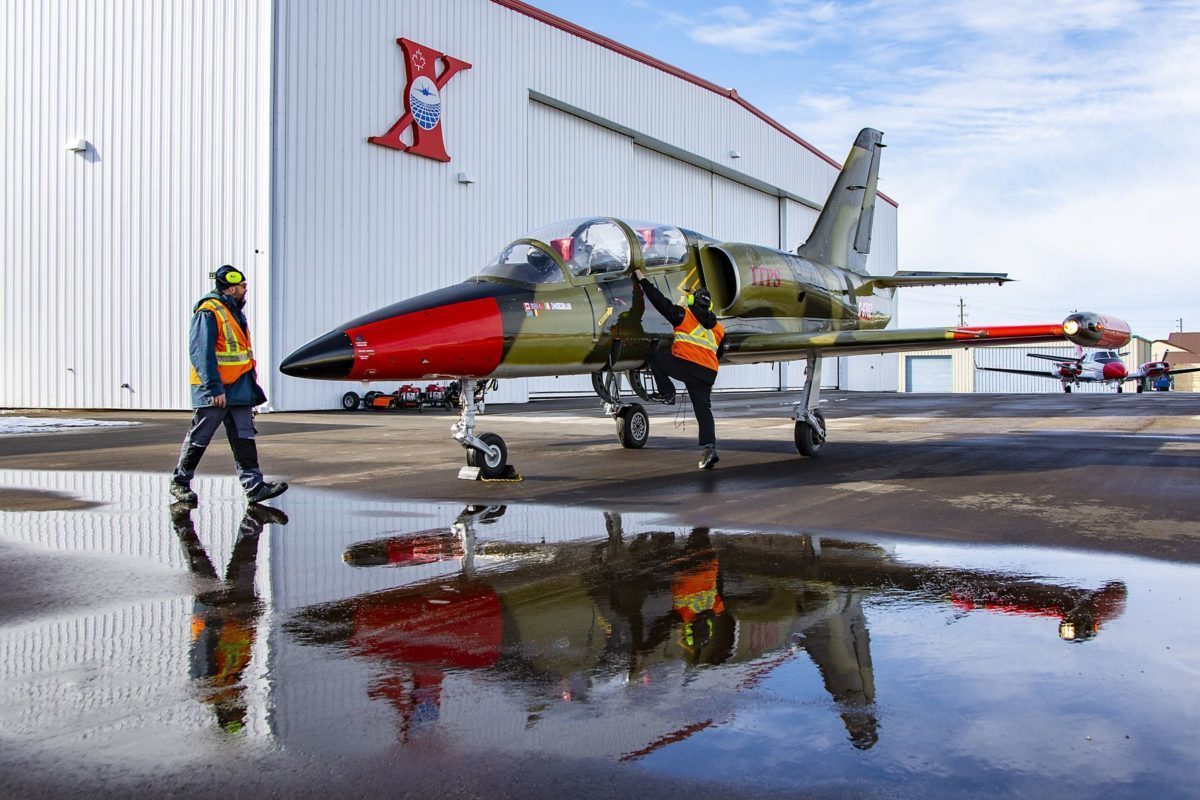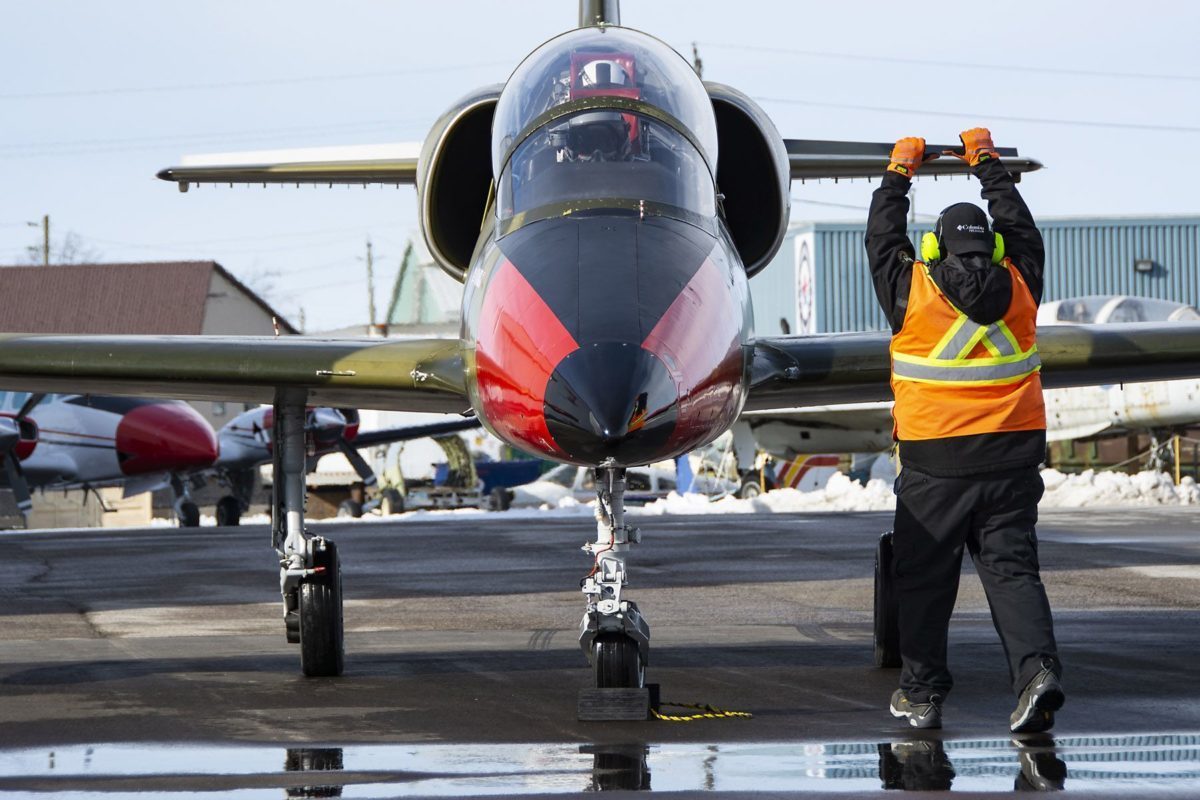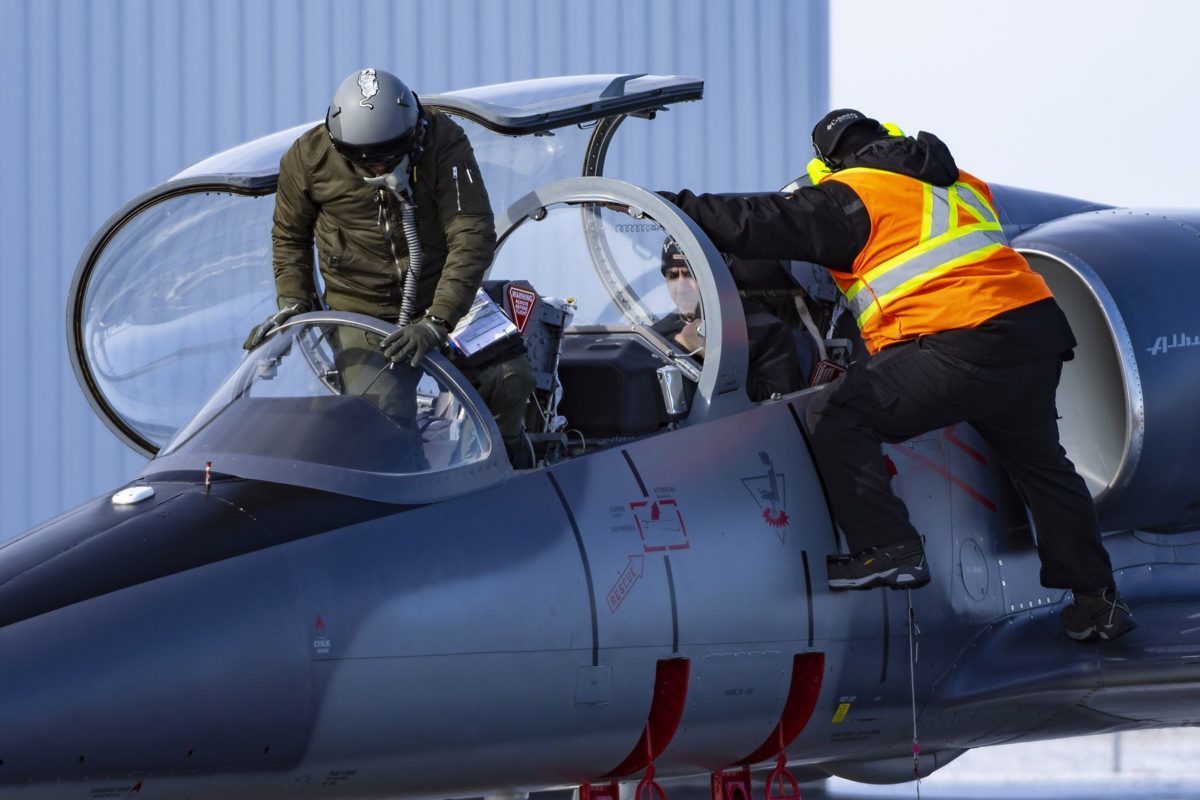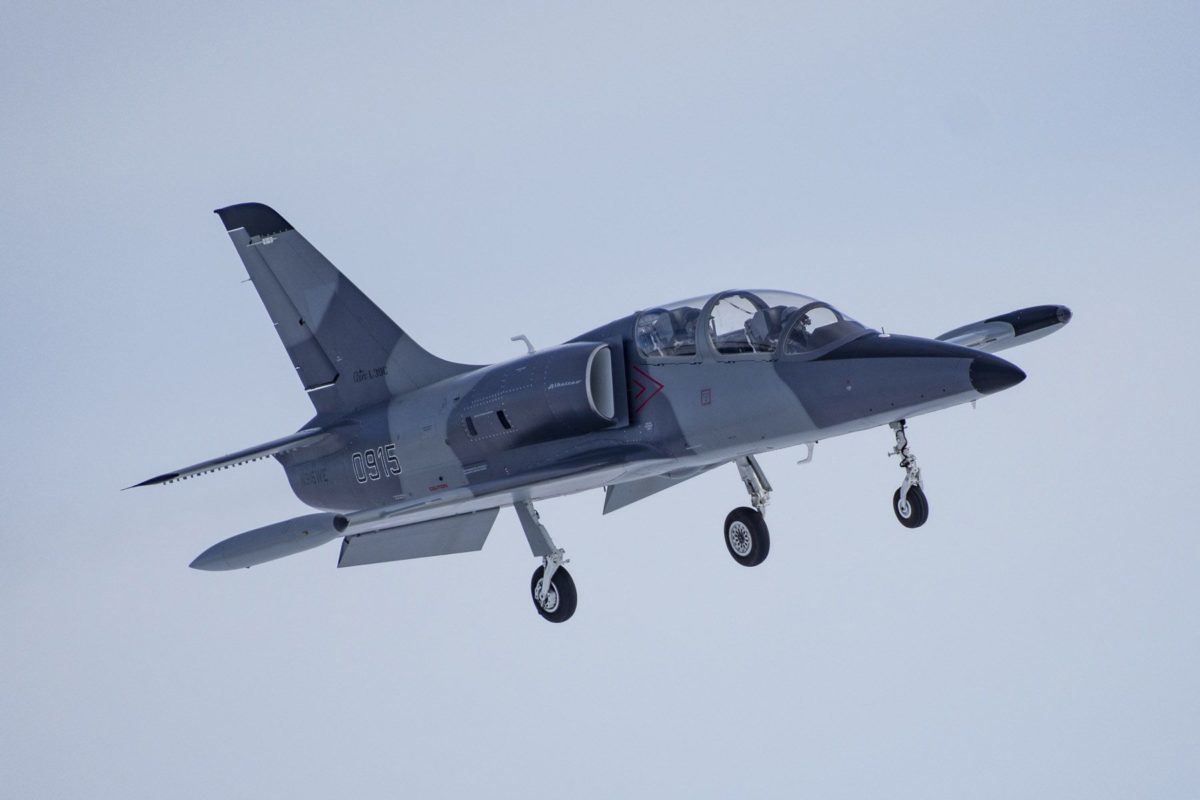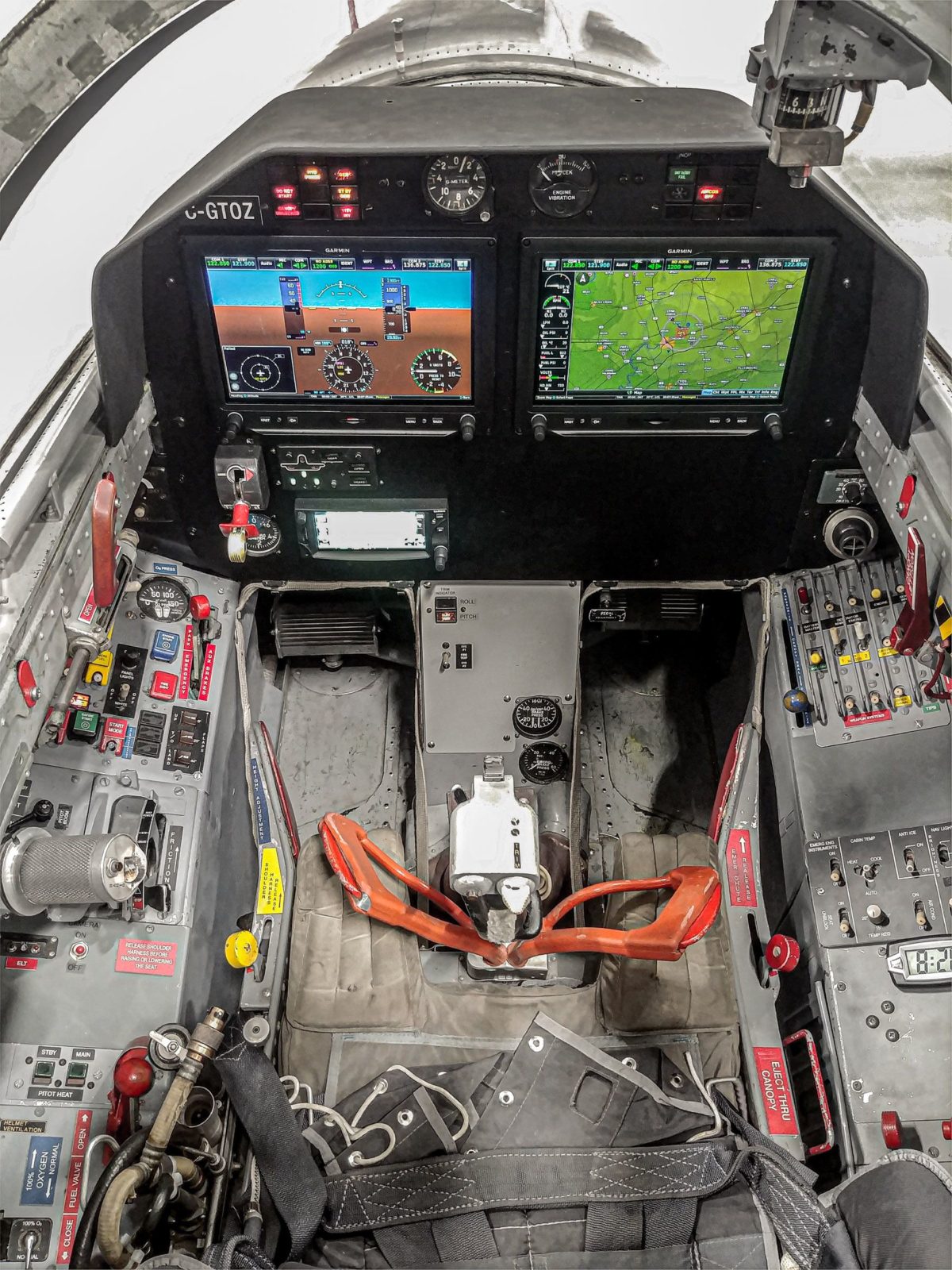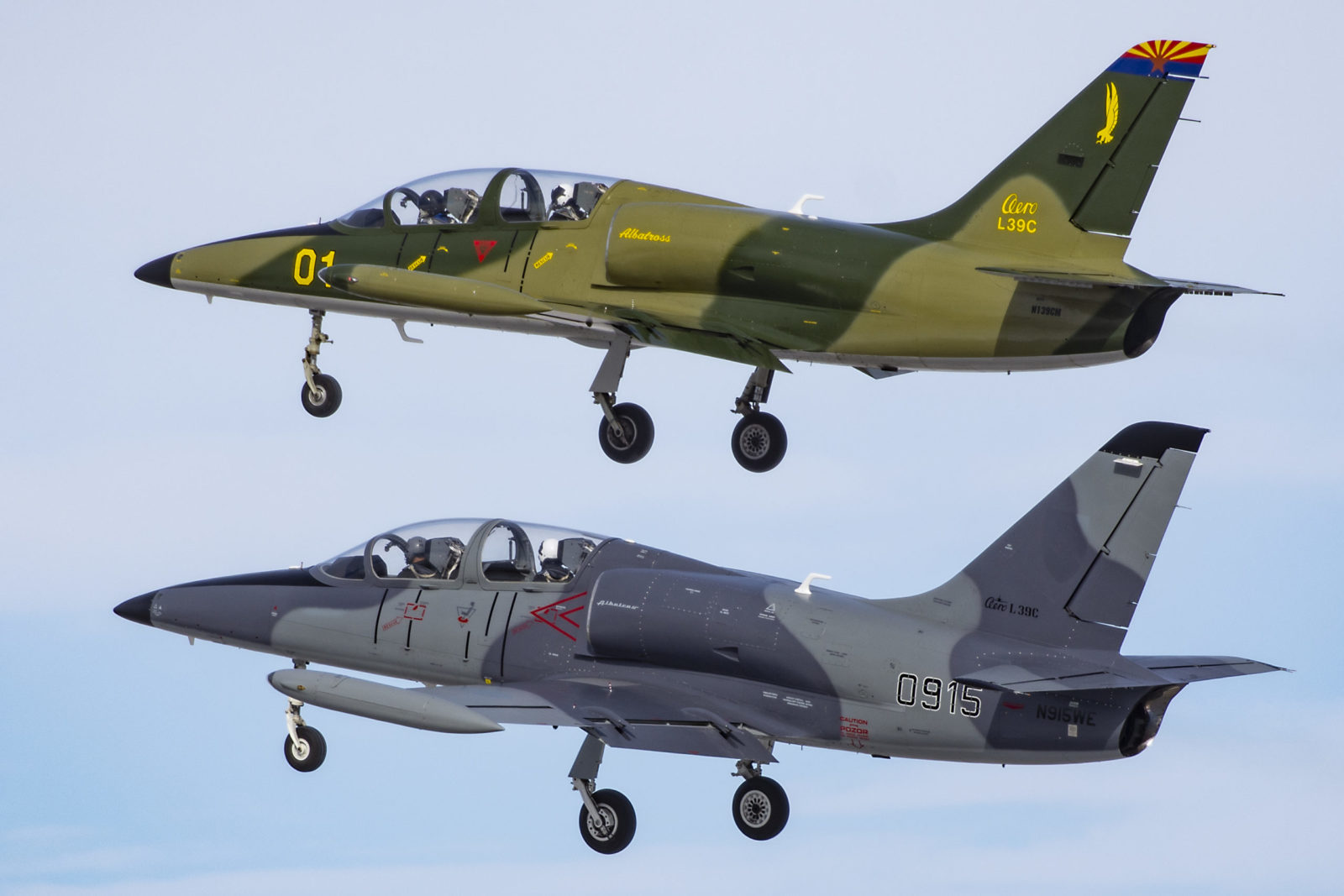The Electronic Warfare (EW) Course provides a thorough theoretical and practical grounding for all military personnel involved in both airborne and ground military capabilities. The course suitable for fixed wing, rotary wing Commanders and Program Managers alike. The course is continuously updated due to the swift advances in technology and miniaturization of components and systems. The course will allow the attending individuals to understand and exploit the Electromagnetic Spectrum to enhance the operational capabilities of aircraft and contribute significantly to success in the battle-space. The customer has the option of a basic three-week, theoretical lectures only course which may be optionally followed by a two-week course including simulated mission scenarios with individual or mixed/combined air operations.
The overall aim of the course is to provide the knowledge and methodology to assess the EW threat, and how best to exploit the Electromagnetic Spectrum (EMS) to support Own operations whilst impeding/preventing the Opposing Force’s use of the EMS to achieve the Task or Mission aim.
The Course is broken down into two Phases:
- Phase 1 BASIC: Provides the baseline theory of the EMS; and proceeds to cover the fundamentals of system and missile design, and the various guidance systems utilized. The students shall be shown how to practically plan and evade threats, whilst developing their own offensive use of the EMS, and systems to defeat an enemy; even if subject to offensive EMS exploitation themselves.
- Phase 2 ADVANCED: This phase is a practical flying exercise in which the planning and exploitation of the friendly EW capabilities is utilized against a simulated adversary. Scenarios and planning will evolve throughout the flight program, from Low threat to High Threat.
Note: Phase 2 is an optional Phase; however, if undertaken will require a significant number of assets (both RW & FW), as well as clearance to utilize certain jammers, and training areas.
The new facility features a 27,000 sq.ft. hangar, big enough to house ITTC’s expanding fleet of aircraft. The administration and classroom building have been extended by 15,000 square feet and feature six additional classrooms, a simulator centre, a state of the art Telemetry Room, additional student facilities and change rooms. The new building features additional briefing rooms, a flight crew ready room and much enlarged canteen area.
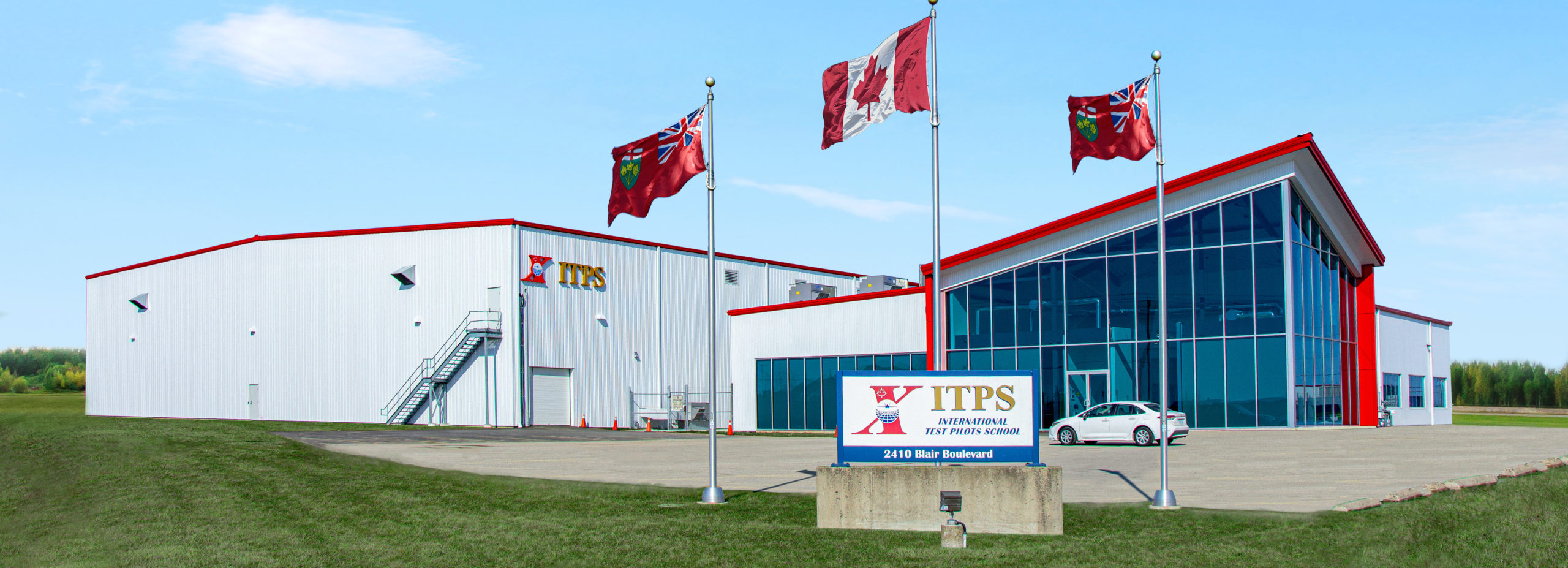
CYXU is a modern regional airport 5 nm north east of the city of London, Ontario. The airport is an international gateway airport with direct flights from Chicago and Detroit and Immigration and Customs facilities. It is as of 2009 the 20th busiest airport in Canada, which makes for efficient school operations with little to no delays due to traffic. The airport is south of Toronto and outside the Toronto (CYYZ) FIR and has close access to large sections of Class E and G airspace minimizing transit times for the execution of flight exercises which can be flown up to FL180 on a VFR flight plan but are Controlled VFR (CVFR) with flight control by Toronto Center above 12000 feet. Two dedicated test areas Delta and Juliet a low altitude one to 12000 and a high altitude one over Lake Huron, up to FL350, north west of London may be used by the school under an agreement with NAV Canada, the Canadian Air Traffic Control Authority. The school therefore enjoys a very favourable air traffic environment for its training operations.
